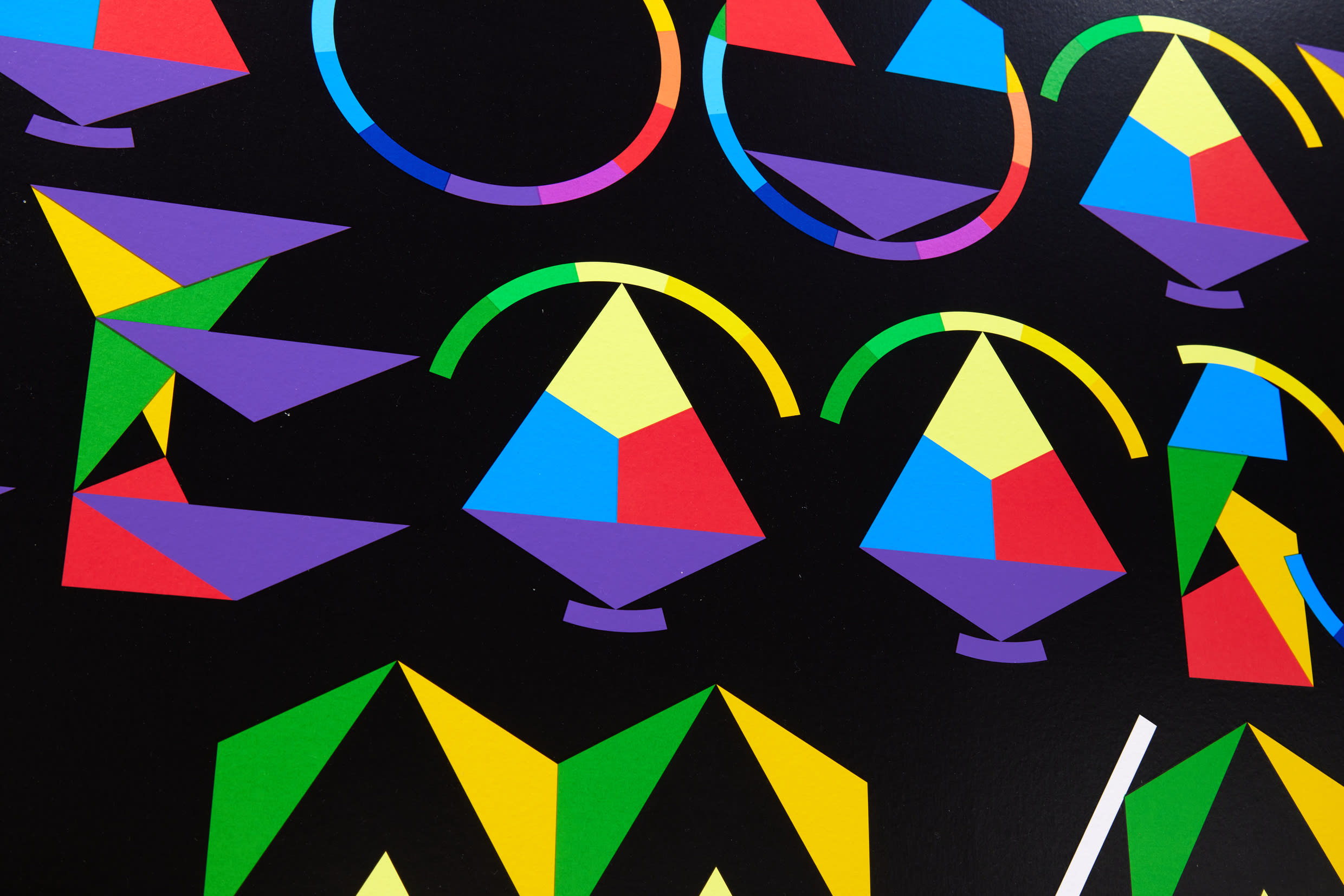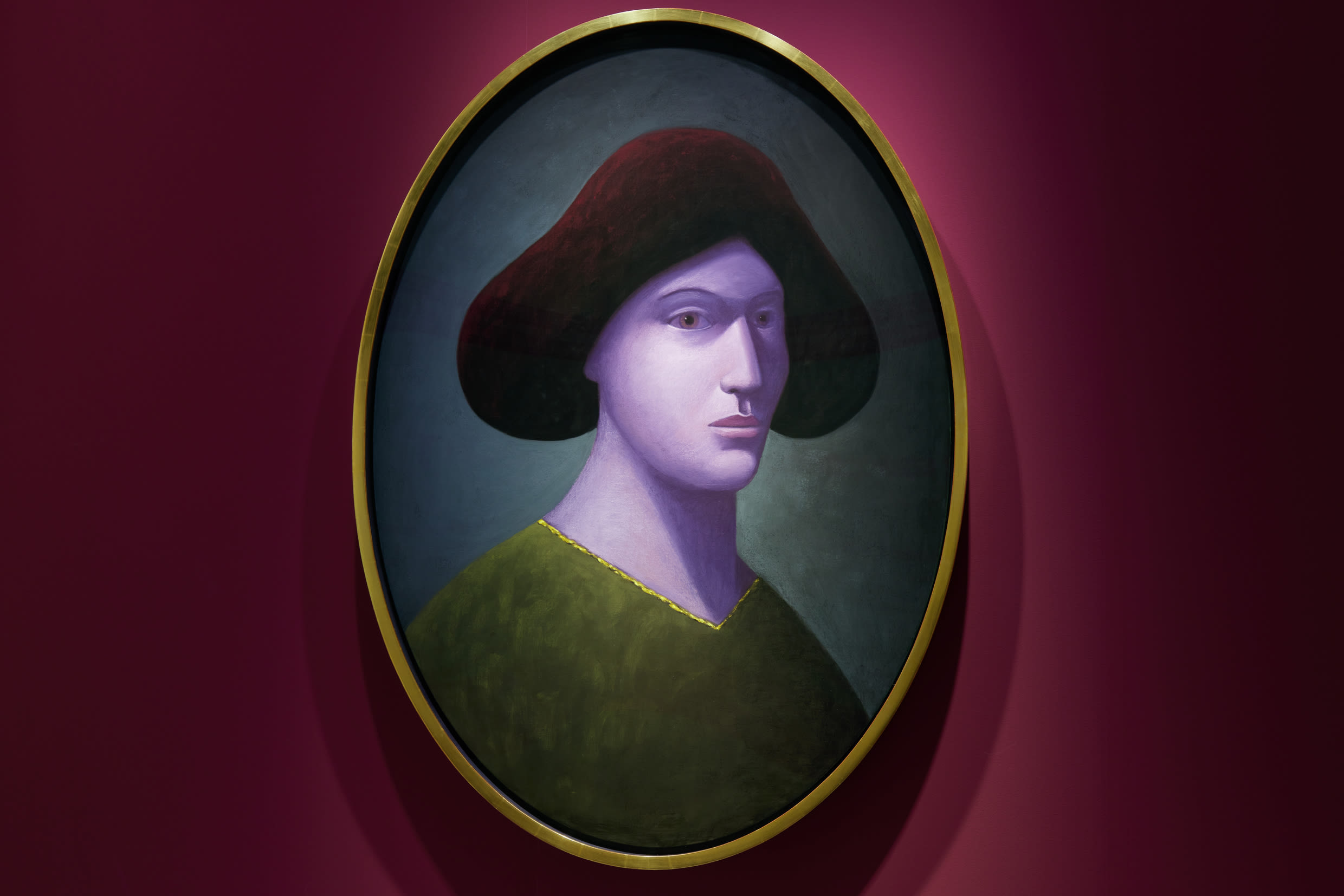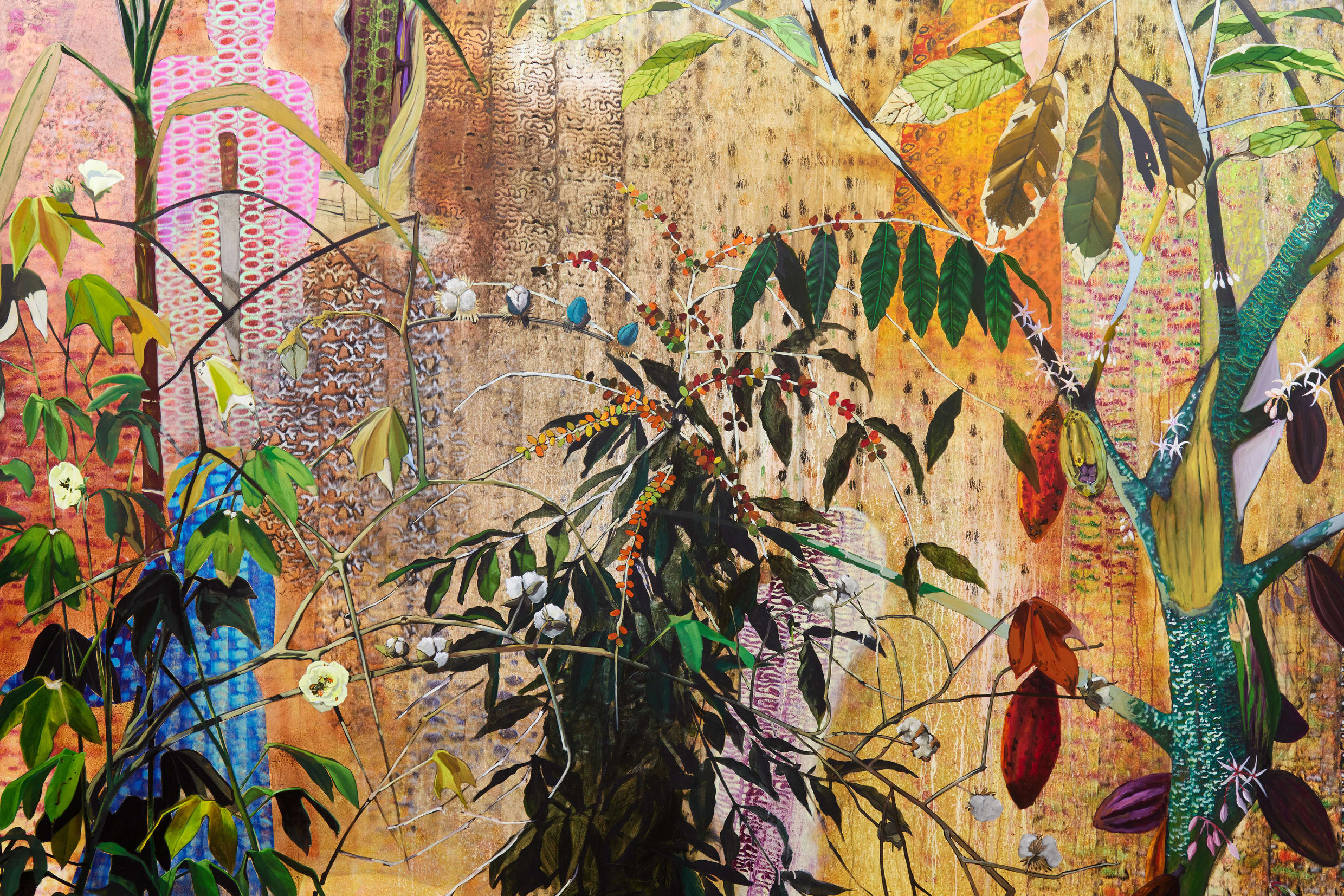The second annual Art Basel and UBS Survey of Global Collecting paints a mixed picture of the art market in 2023. Authored by Dr Clare McAndrew, the founder of Arts Economics, it was published on November 2 and focuses on the first 6 months of 2023. Despite economic uncertainty and military conflict in Europe, high-net-worth (HNW) collectors continued to build their collections and expressed optimism about the future of the art market.
Here are 10 key takeaways from the report.

1. The art trade goes from strength to strength, while some auction houses see weaker results
The global art trade went from strength to strength. Following the highest-ever levels of global art imports (USD 30.7 billion) and exports (USD 33.4 billion) in 2022, numerous international art markets saw inflows increase by double digits in the first quarter of 2023. Imports rose by 50% in Hong Kong, 38% in the UK, and 15% in the US by value.
By at least one indicator – spending by high-net-worth (HNW) collectors – 2023 may turn out to be an exceptionally strong year. In the first half of 2023, the median expenditure across the 11 markets surveyed was already at USD 65,000 – collectors had spent this amount in total in 2022, itself a 19% increase on 2021.
At the same time, auction markets lagged year-over-year, with aggregate sales at Christie’s, Sotheby’s, Phillips, and Bonhams down by 16%. The numbers were, all the same, greater than 2019 (the year before the pandemic struck).
2. China had an exceptionally strong showing
In mainland China, there was some post-pandemic spending euphoria. Out of all the markets surveyed, median spend on art by HNW collectors in China was the highest: USD 241,000 for the first half of 2023 (a 19% increase on the 2022 figure of USD 202,000).
3. Canvas remains king, while digital art suffers
Painting remains the medium of choice for HNW collectors. 58% of their spend was on paintings, with works on paper a distant second at 13%. Paintings are especially desirable among mainland Chinese collectors, with their spend on paintings nearly four times the average.
Interest in purchasing digital artworks has fallen. This category includes NFTs, or non-fungible tokens, which took the art world by storm during the pandemic but have fallen in popularity. From 2022 to 2023, the percentage of digital art in HNW collectors’ holdings fell by nearly half, from 15% to just 8%. This was part of a considerable slowdown in the collecting of digital art: so far in 2023, this category accounts for just 3% of collectors’ spending.
4. Generation X in the lead
Gen X collectors outpaced their younger counterparts in spending in 2023. On paintings, Gen X spent an average of USD 145,000, compared with USD 108,000 for millennials.
The latter group, by contrast, spent more on sculpture, installations, photography, film, and video art. Perhaps reflecting the greater price accessibility of prints and digital art, Generation Z collectors had the highest average expenditure on these mediums.

5. Leverage is not a dirty word
Even though interest rates have risen from historic lows early in the pandemic, 43% of HNW collectors have used borrowed capital to finance art purchases. Nearly a third (30%) had done so in 2022 and 2023, as rates climbed. Those who used borrowed capital, financed an average of 29% of their collection with it. Wealthier collectors were more aggressive in their use of borrowed money, with ultra-high-net-worth (UHNW) collectors financing 39% of their collection in this fashion.
6. Continuing caution at USD 1 million-plus level
The proportion of collectors who are primarily focused on collecting works priced at USD 1 million and above is lower than in 2021 and previous years. While 12% of collectors were buying at that high level in 2021, just 9% emphasized buying at this level in the first half of 2023 – an improvement, however, on the 4% seen in 2022.
7. Collectors de-emphasized art in their investment portfolios
Collectors allocated 19% of their investment portfolio to art in 2023, a reduction from 2022, when art allocation peaked at 24%. The wealthier the collector, the more they allocated toward art. While those with assets under USD 5 million devoted an average of 15% of their wealth to art, those with wealth above USD 50 million allocated almost 30% to art.
8. Collectors are back to buying in person, mostly from dealers
Buying art online surged during the height of pandemic, but in 2023 in-person buying has continued its comeback. 86% of collectors bought from a dealer and of those, 84% of collectors bought from dealers at their gallery or premises – up 11% on 2022. Well over half of collectors (58%) made a purchase at an art fair; this number is down from 74% in 2022, but still represents an advance on 2021, when 54% did so. Nearly half of the total expenditure in 2023 (47%) was conducted through dealers, who were the dominant purchasing channel in every region.

9. Collectors do not identify themselves as investors – but they do sell from their holdings
While just one in ten collectors identify themselves as investors, many are actively trading in and out of their holdings. Nearly half (48%) had resold works over the course of their collecting career, including more than a third (38%) during 2022 and 2023. This proportion has reduced since the height of the pandemic: many more resold works in 2020 (60%) and 2021 (49%).
10. Collectors are optimistic
Despite rising inflation, unrest in the financial sector, and conflict in Europe, 77% of collectors expressed optimism about the art market’s performance over the next six months, slightly more than were optimistic about the stock market (74%).
More than half of the HNW collectors surveyed planned to buy art in the next year, the same figure (54%) as one year previously. Collectors from mainland China were especially committed to buying art, with 68% planning to make purchases. Large majorities in Japan, Brazil, and Italy had similar plans.
Only 26% of collectors were planning to sell works from their collection over the coming 12 months, down from 39% in 2022. The majority of respondents said they planned to hold off on selling due to confidence that the artworks in their collections would rise in value.
Brian Boucher is a writer and art market commentator based in New York City.
Published on November 2, 2023.
Download the 2023 Art Basel and UBS Global Survey of Collecting here.
Caption for full-bleed images, from top to bottom : 1. Detail of an artwork presented by Campoli Presti at Paris+ par Art Basel 2023. A dark filter was applied for readibility. 2. Detail of an artwork presented by Michel Rein at Paris+ par Art Basel 2023. 3. Detail of an artwork presented by Galerie Krinzinger at Paris+ par Art Basel 2023. 4. Detail of an artwork presented by David Kordansky Gallery at Paris+ par Art Basel 2023.